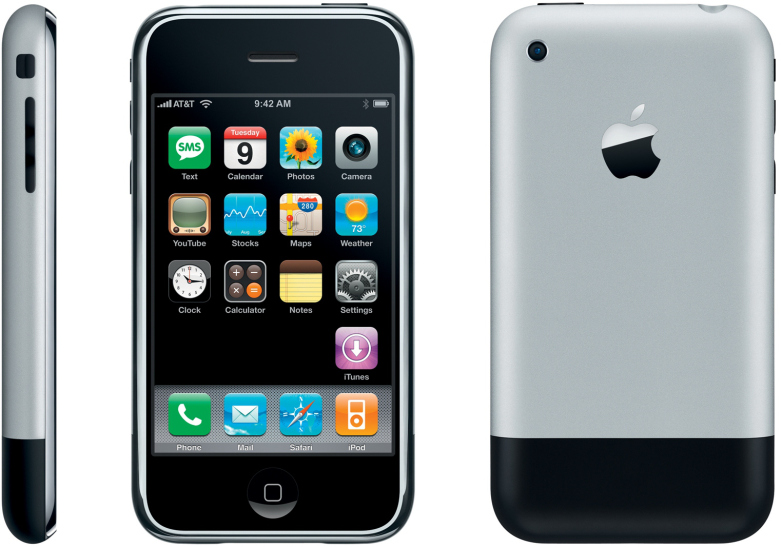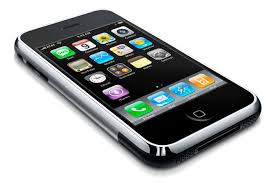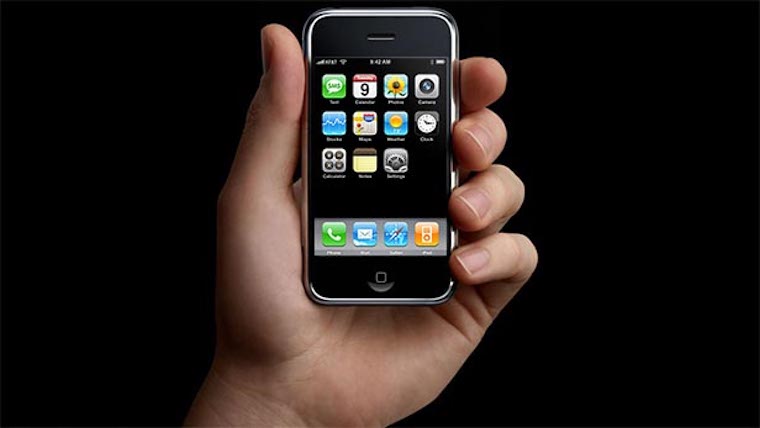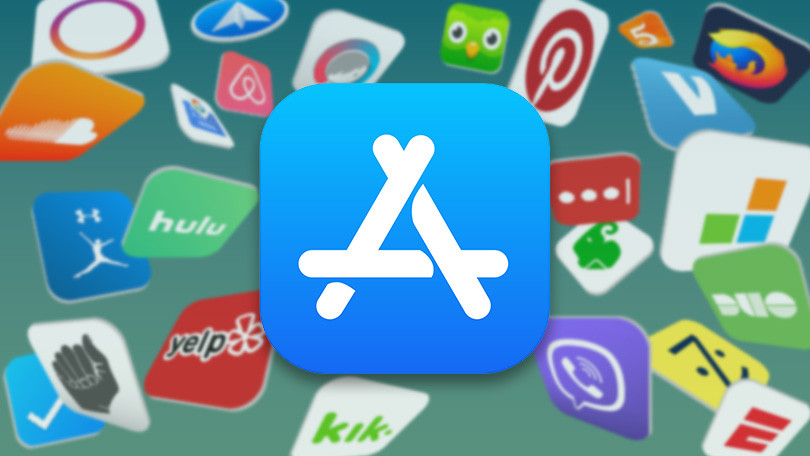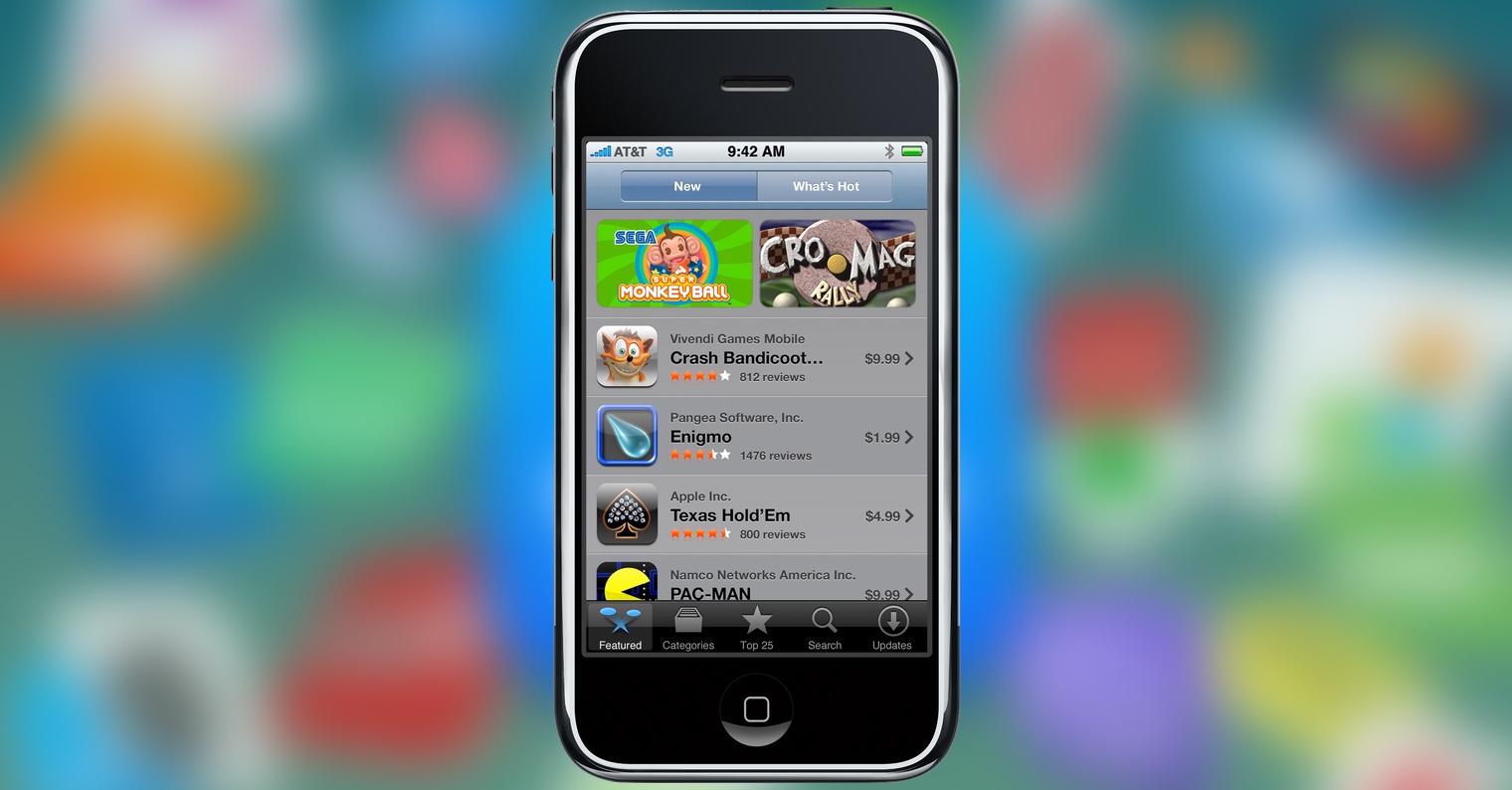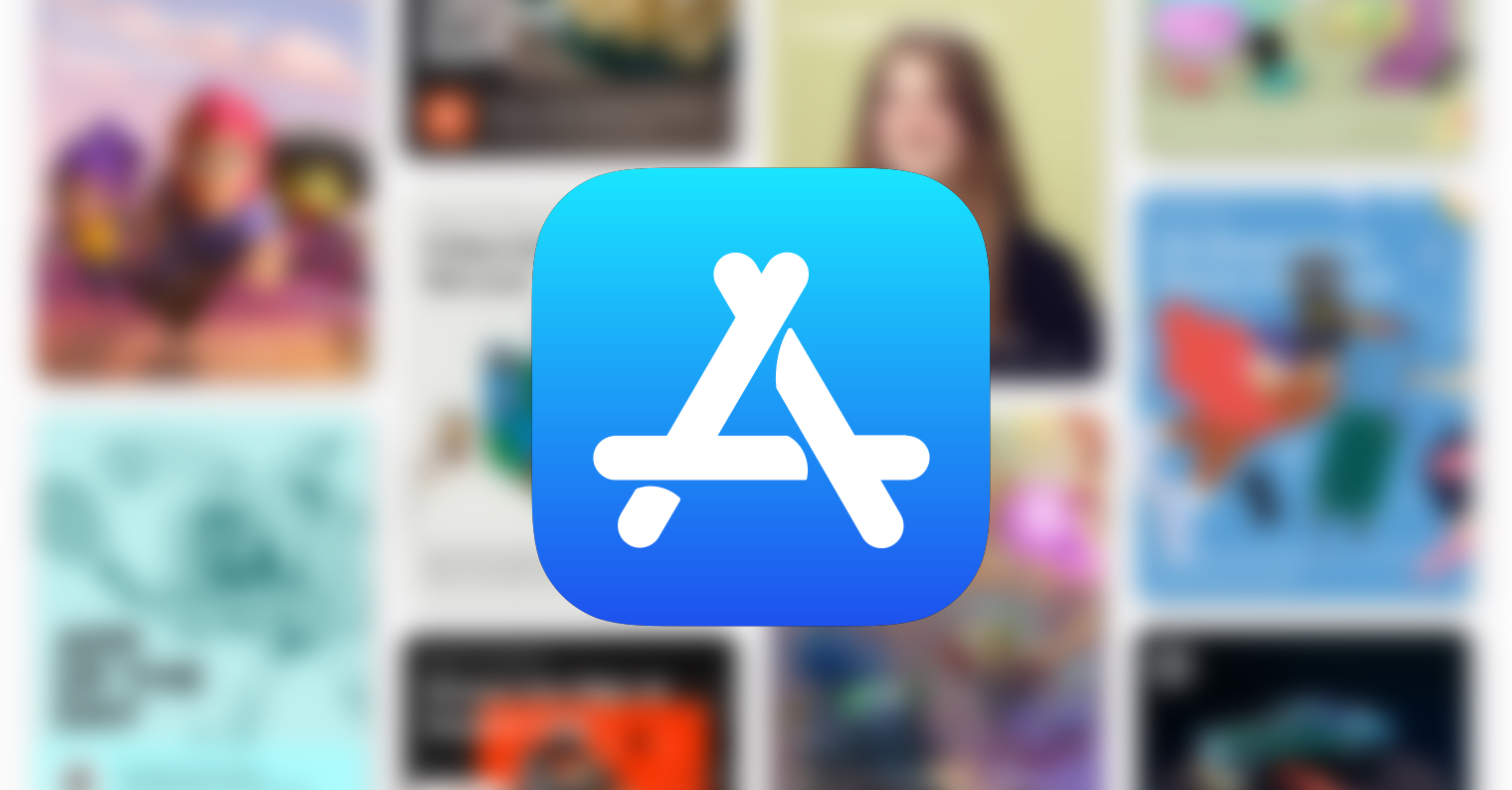When the first ever iPhone went on sale in 2007, its new owners could only dream about the possibility of installing third-party applications. The App Store didn't exist when the first iPhone was released, so users were limited to native pre-installed apps. Only a month after the first iPhone went on sale, however, one of the first third-party applications, intended for the new mobile platform from Apple, began to be born.
It could be interest you

The app in question was called "Hello World". It was software that, rather than an application in the true sense of the word, was proof that "it works". The hands-on demonstration that it was possible to program apps for the iPhoneOS operating system, and that those apps actually worked, was very significant and important to other app developers, and it quickly became clear that third-party apps would one day be a very important part of Apple's economy and development companies that will create these applications. However, at the time the "Hello World" application was programmed, it seemed that Apple was not yet fully aware of this fact.
"Hello World" programs were simple means of demonstrating a new programming language or demonstrating capabilities on a new platform. The first program of this type saw the light of day in 1974, and was created at Bell Laboratories. It was part of one of the company's internal reports, which concerned the relatively new programming language C at the time. The phrase "Hello (Again)" was also used in the second half of the nineties, when Steve Jobs, after his return to Apple, presented the world with the first iMac G3.
The way the 2007 "Hello World" app worked was to display the appropriate greeting on the display. For many users and developers, it was one of the first glimpses of the possible future of the iPhone, but given the above, it was also a sympathetic reference to the past. Behind the development of this application was a hacker with the nickname Nightwatch, who wanted to demonstrate the potential of the first iPhone on his program.
At Apple, the debate over the future of iPhone apps quickly became heated. While part of the management of the Cupertino company voted to launch an online store with third-party applications and to make the Apple operating system available to other developers, Steve Jobs was strongly against it at first. Everything changed only in 2008, when the App Store for the iPhone was officially launched on July 10. Apple's online smartphone application store offered 500 applications at the time of its launch, but their number began to grow rapidly very quickly.
